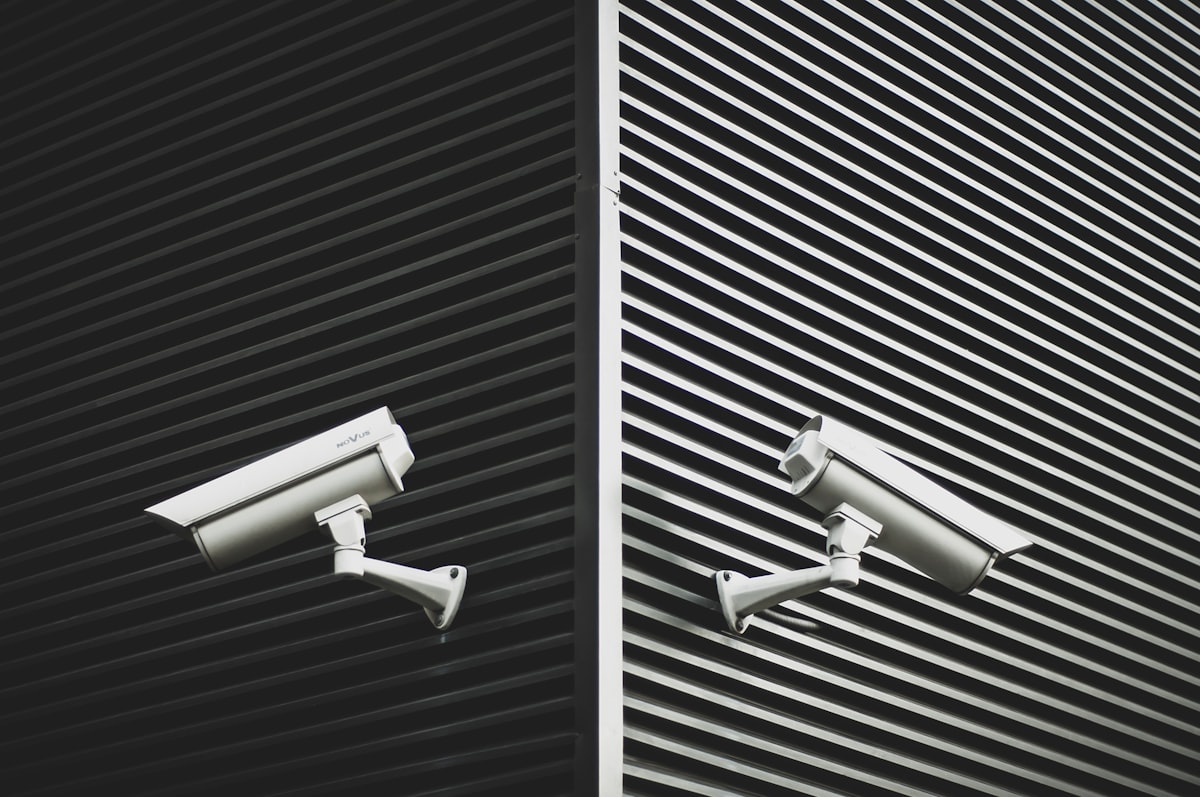The four questions about the new camera technology with facial recognition in Mexico
The systems that will be implemented are identical to those that have been used in four cities in China. Supposedly, these same cameras have not been used anywhere else in the world.

Coahuila will be the first state to use technology that has never been seen in Mexico before. The governor of said entity, Miguel Riquelme, announced that he will invest close to 600 million pesos in the installation of some 1,100 video surveillance cameras that will have intelligence for facial recognition.
Although the meaning is still somewhat ambiguous, since many of its functions are still unknown, this has not prevented some questions from arising. According to the Governor of the State, it is an "intelligent security strategy" that will allow better identification of "evildoers".
Without going into much detail, the politician explained that the cameras will be able to identify all the people who pass in front of them. This is so that in case anyone commits a crime in the next corner, for example, be identified quickly.
However, this information will not be based solely on what the camera lenses can capture. Riquelme said that the program they will use will have access to the photographs of the databases of Plataforma México and the National Electoral Institute (INE), which naturally generated some controversy.
In theory, these cameras will also be able to identify vehicles that pass through their field of vision, including the faces of their drivers. Although the logical thing would be to think that this will depend on each case in particular because it does not make much sense to believe that they will capture every last detail.
According to the governor, the systems that will be implemented are identical to those that have been used in four cities in China. Supposedly, these same cameras have not been used anywhere else in the world.
But it is important to clarify that the facial recognition system is not something new, and it is even more important to say that none of these systems has been 100% effective.
A great example was the one that was lived in London, where it was decided to put this technology to the test. The result was worse than expected: facial examinations had an error rate of 98 percent, according to data from the Freedom Act of the United Kingdom.
The news of the cameras woke the paranoid side of several coahuilenses. Not a day had passed since the new "strategy" was announced and more than one analyst was already imagining a scenario like the one in 1984.
According to the various theories, this new technology could be used to spy on "political enemies", "critical citizens" or anyone who could be a pain in the ass for the state.
The contract has not yet been signed, but if it is done it will be done with the Chinese company Dahua, and as already said, it will cost some 600 million Mexican pesos (USD 315,467).
The time it would take to install them would be between 6 and 9 months.




